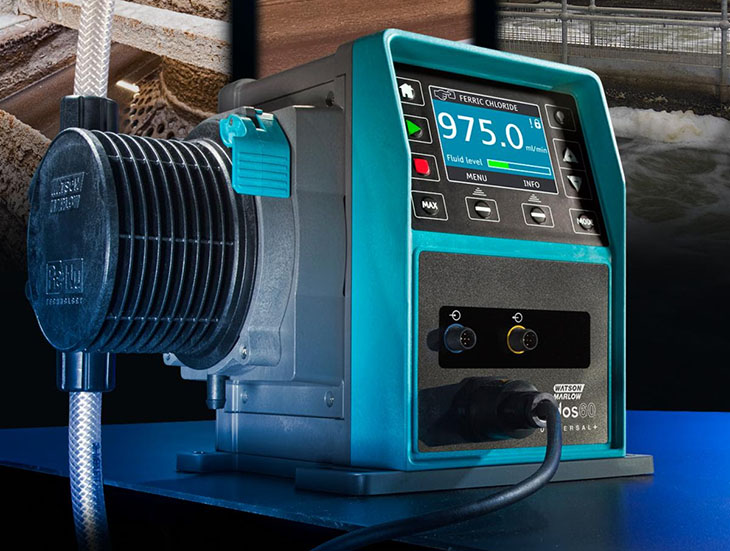Redesign projects give electricians plenty of opportunities to integrate new smart electrical systems. Here are some productive and worthwhile options to pursue so that everyone’s happy with the outcome of these projects.
1. Suggest Smart Emergency Lighting
Emergency lighting is critical in buildings such as hospitals and schools, where even short power outages could have dangerous consequences. Modern emergency lights have also gotten more high-tech due to built-in connectivity.
Consider the case where two companies installed a cloud-based emergency lighting test system for homes managed by a local council. The residences in this trial encompassed 106 apartment buildings and five postal codes. Each apartment building had five to seven emergency lights strategically positioned at exits and within hallways and stairwells.
The new smart system provides cloud-based wired and wireless monitoring of every emergency light, giving building managers real-time updates to verify functionality or alert them to problems.
This upgrade is a major improvement because the former process required personnel to visit each site monthly to check that the lighting still worked as intended. In addition to the time needed to carry out those inspections, this option became more inefficient due to the minutes required to drive to each site.
Now, the council no longer needs to hire people to perform manual checks. This approach also eliminates the possibility of human error, although individuals still must periodically ensure the technology functions without faults.
Other smart emergency lights on the market allow people to create maintenance schedules for each asset, then receive push notifications when it’s time to do specific necessities. This approach cuts down on paper records and helps building managers stay in compliance with safety regulations.
Speak to your client about their current process for handling emergency lighting maintenance. Then, bring up how connected solutions might streamline it.
2. Put the Client’s Needs at the Center of Electrical System Plans
Various things make people interested in having smart electrical systems installed. Sometimes, their main goal is to save energy. In other cases, they want lights that set the mood at large-scale events. That’s a common desire for people operating the lighting at concert venues. They use connected lights that can change to specific colors or pulse to the beat of the music, creating more memorable, dazzling experiences for attendees.
Representatives from Germany’s Allianz Arena had more unusual needs for the facility’s smart electrical system. They wanted to install intelligent grow lights to ensure the soccer pitch always has a lush cover of fresh grass.
The installed smart system enables up to 40% energy savings for the facility. The stadium’s decision-makers knew grow lights were essential since the pitch is in an enclosed space in a country that characteristically has cold, dark winters. The stadium had LED grow lights installed in 2017 and was the first such facility to have them.
However, the electrical system got even more advanced in 2022 because the designers made the lights react to incoming data feeds. The associated algorithm calculates the precise amounts of heat and light required for every part of the pitch. This system prevents wasted energy caused by people activating the lights at unnecessary times. It also promotes consistent growth on every section of the pitch.
This case study is an excellent example of why listening to clients’ situations and needs is always necessary before starting with an electrical system redesign involving smart technology. Products in this category have come a long way in recent years, and many of them can meet customers’ various operational requirements while helping them save money or achieve other positive outcomes.
3. Upgrade Your Management of Schematics and Other Essential Documents
Having easy access to electrical schematics and other important documents will help the installation of smart electrical systems go more smoothly. Using a cloud database rather than physical records will help everyone have accurate information at any time.
Such a tool can confirm the layout of the existing electrical system and any other details that would help a redesign proceed without problems. For example, indoor light fixtures usually have 14-gauge wire cables, but 12-gauge options are more common for ceiling fans.
One of the great things about electronic document management methods is that it lets all applicable parties keep track of who did which steps for integrating new smart electrical systems. Project managers can even assign tasks to specific individuals, helping the work proceed efficiently and without misunderstandings.
There’s even Togal.AI, a company that got its start in construction estimating tools but now combines construction document management with ChatGPT. Company president Patrick Hughes said the goal is to offer a tool that people can learn to use in a few minutes. That user-friendliness caters to people who don’t consider themselves tech-savvy.
The current version serves as a natural language search tool for construction documents. People can prompt the chatbot to search through all uploaded documents, shortening how long it takes to find information.
A good starting point is identifying the administrative hiccups that cause problems during many or most of your electrical system redesigns. Branch out and write down your must-have features, too. Then, create a list of possible solutions after researching what’s on the market.
Help Your Redesign Projects Succeed
Considering these options during your next efforts to install smart electrical systems during redesign projects should improve integrations and increase the likelihood of client satisfaction. You’ll then set yourself or your company up for repeat business and referrals while bolstering your reputation.


























